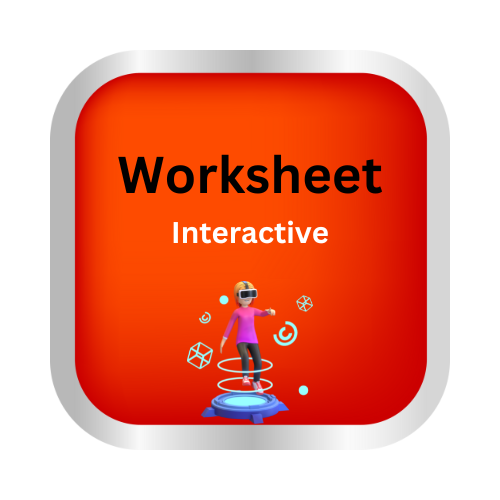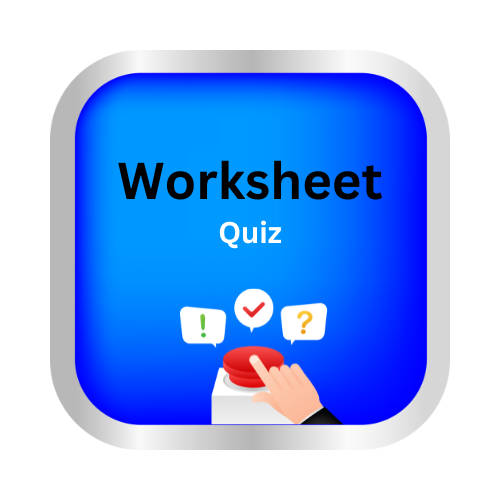Place value models up to hundreds
key notes :
| 🎍 What is Place Value? |
- Place Value: The value of a digit based on its position in a number.
- Digits: The symbols used to represent numbers (0, 1, 2, 3, 4, 5, 6, 7, 8, 9).
- Positions: Ones, tens, and hundreds places in a number.
| 🎎 Understanding the Place Value Chart: |
Hundreds Place: Represents the number of hundreds in a number.
- Example: In 342, the digit 3 is in the hundreds place and represents 300.
Tens Place: Represents the number of tens in a number.
- Example: In 342, the digit 4 is in the tens place and represents 40.
Ones Place: Represents the number of ones in a number.
- Example: In 342, the digit 2 is in the ones place and represents 2.
| 🎉 Place Value Models: |
Base-Ten Blocks:
Hundreds Block (Flat): Represents 100.
Tens Rod: Represents 10.
Ones Cube: Represents 1.
Drawing Place Value Models:
Draw large squares for hundreds, tall rectangles for tens, and small squares for ones.
- Example: For the number 324, draw 3 hundreds blocks, 2 tens rods, and 4 ones cubes.
| 🎄 Decomposing Numbers: |
Breaking Down Numbers: Understand how to break down numbers into hundreds, tens, and ones.
- Example: 562 = 500 + 60 + 2.
Expanded Form: Writing numbers to show the value of each digit.
- Example: 562 in expanded form is 500 + 60 + 2.
| 🎄Building Numbers Using Place Value Models: |
Creating Numbers: Use base-ten blocks or drawings to build numbers.
- Example: To make 245, use 2 hundreds blocks, 4 tens rods, and 5 ones cubes.
Practice: Build and write different numbers using place value models to reinforce understanding.
| 🎨 Comparing and Ordering Numbers: |
Using Place Value: Compare numbers by looking at the digits in the hundreds, tens, and ones places.
- Example: 385 is greater than 372 because the hundreds place is the same, but 8 tens is greater than 7 tens.
Ordering Numbers: Arrange numbers in ascending or descending order by comparing their place values.
- Example: Order 324, 542, and 236 in ascending order: 236, 324, 542.
| 🎨Word Problems with Place Value: |
Real-Life Application: Solve word problems involving place value.
- Example: “If you have 4 hundreds, 3 tens, and 2 ones, what number do you have?” (Answer: 432).
Learn with an example
🗼 What number is shown?
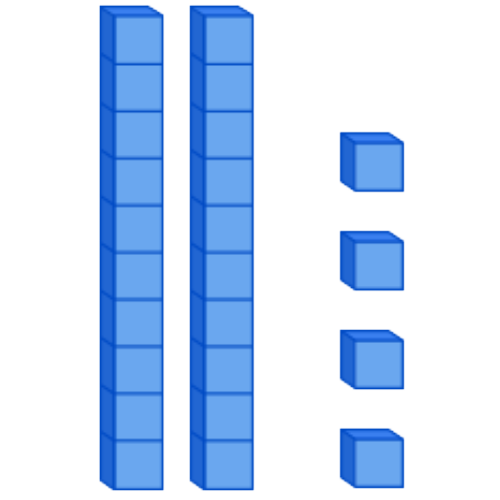
- Count the tens. There are 2 tens.
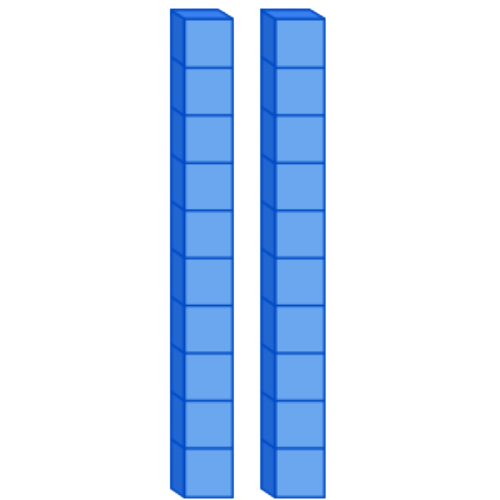
- Count the ones. There are 4 ones.
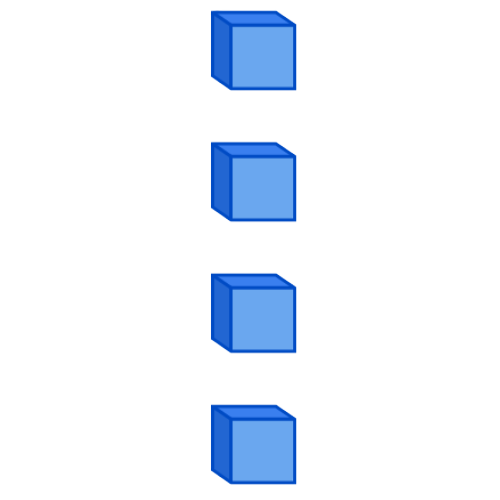
- Now write the number. Use a place value chart.
| tens | ones |
| 2 | 4 |
- The number is 24.
🗼 What number is shown?
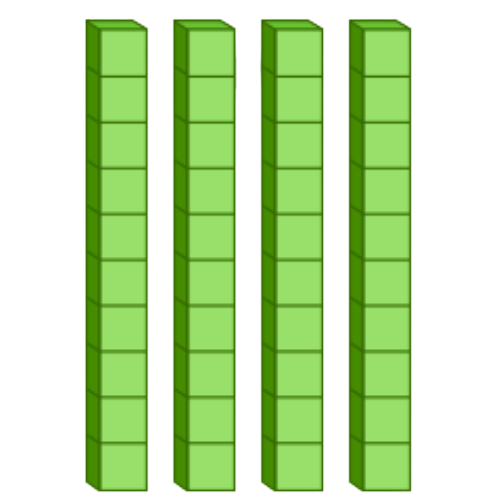
- Count the tens. There are 4 tens.
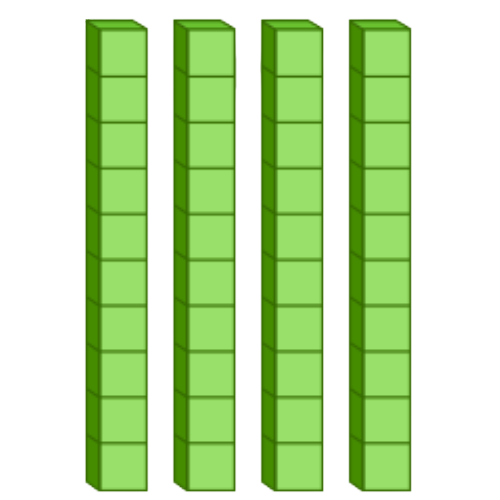
- Count the ones. There are 0 ones.
- Now write the number. Use a place value chart.
| tens | ones |
| 4 | 0 |
- The number is 40.
🗼What number is shown?

- Count the ones. There are 3 ones.
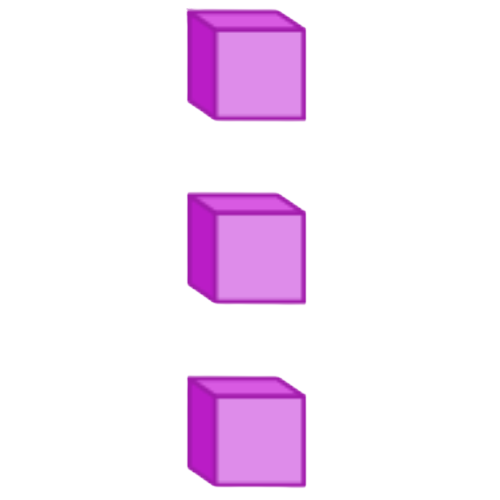
- The number is 3.
Let’s practice!
